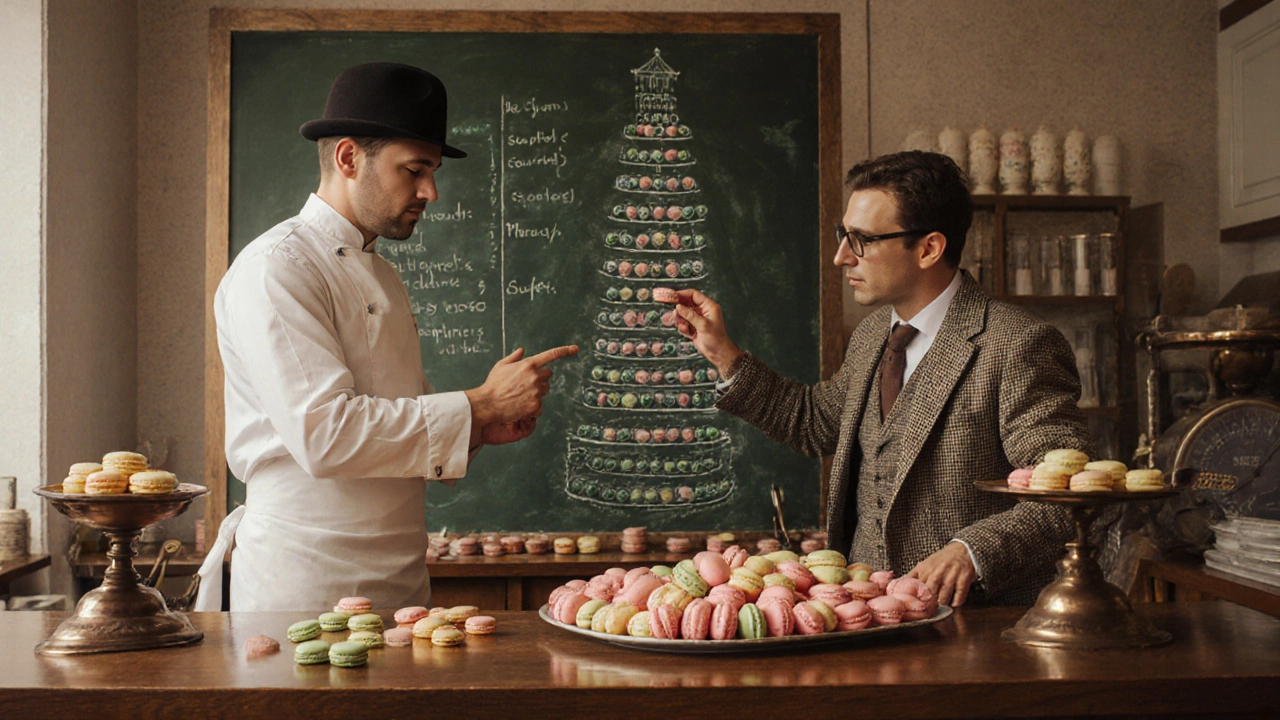How Many Macarons Fit in a 10-Story Tower? A Fun Capacity Estimate
A fun, math‑driven look at how many macarons could fill a 10‑story tower, with realistic estimates, packing methods, and practical tips for pastry fans.
Ever pulled a cake out of the oven only to find it bulging over the pan? That’s a classic capacity oops. Knowing how much space you really have—whether it’s your oven, a baking dish, or a mixing bowl—can save you from waste, uneven baking, and cracked meringues.
First thing’s first: check your oven’s internal dimensions. Most manuals list width, depth, and height in inches or centimeters. Measure the space yourself if you can’t find the info. Write those numbers down. They become your baseline for everything else.
When you pick a pan, leave at least a two‑inch gap on all sides. That air gap lets hot air circulate, keeping the heat even. If you try to jam a 12‑inch round pan into a 13‑inch oven, the sides will touch the walls and the middle will stay undercooked.
For sheet pans, the rule of thumb is: the pan’s length plus the oven’s height should not exceed the oven’s interior height. Imagine stacking a sheet pan and a cooling rack—if you can’t fit the stack, the pan won’t fit either.
Want to double a recipe? First, double the ingredients, then check the batter’s volume against the pan’s capacity. A good visual cue is to fill the pan only two‑thirds full. That buffer prevents batter from spilling over as it rises.
If the batter looks too much for your pan, either use a larger pan or split the batter into two tins. Splitting also helps with even baking because thinner layers rise faster and set more evenly.
When it comes to muffins or cupcakes, the same 2/3 rule applies. Fill each cup about three‑quarters full; the tops will puff up without spilling onto the tray.
Don’t forget about cooling space, too. A hot cake needs room to breathe as it cools; stacking hot items can cause moisture to pool and soggy bottoms.
Finally, consider your mixing bowls. A bowl that’s 80% full when you add flour will quickly overflow once you whisk in butter or eggs. Using a bowl that’s at least twice the final volume keeps splatter to a minimum.
By measuring, leaving air gaps, and respecting the two‑thirds rule, you’ll avoid the most common capacity problems. Your baked goods will rise properly, brown evenly, and stay beautiful.
Give these tips a try on your next bake. You’ll notice the difference right away—no more messy overflows, no more unevenly cooked centers. Happy baking!

A fun, math‑driven look at how many macarons could fill a 10‑story tower, with realistic estimates, packing methods, and practical tips for pastry fans.